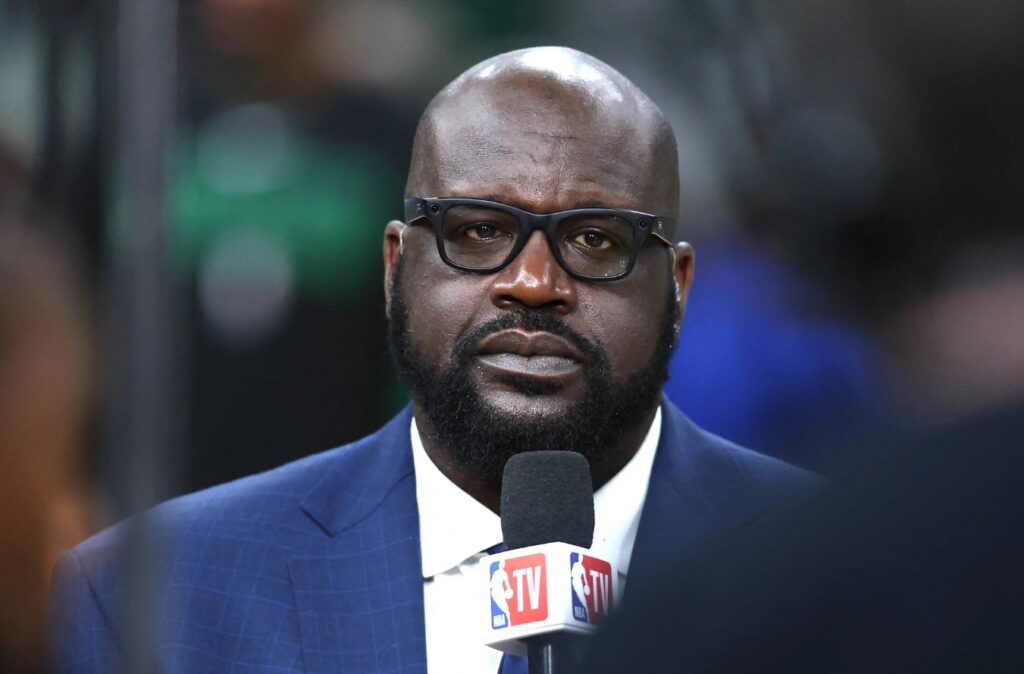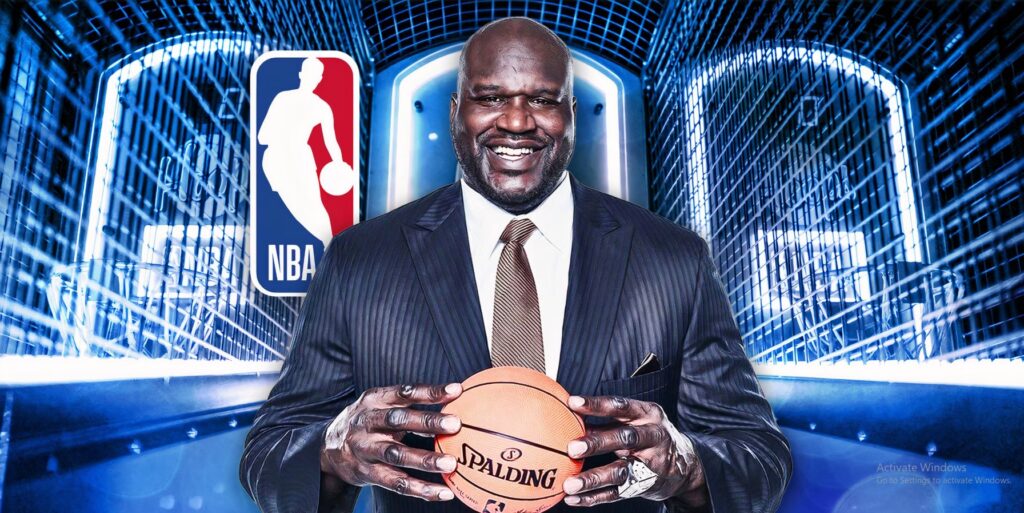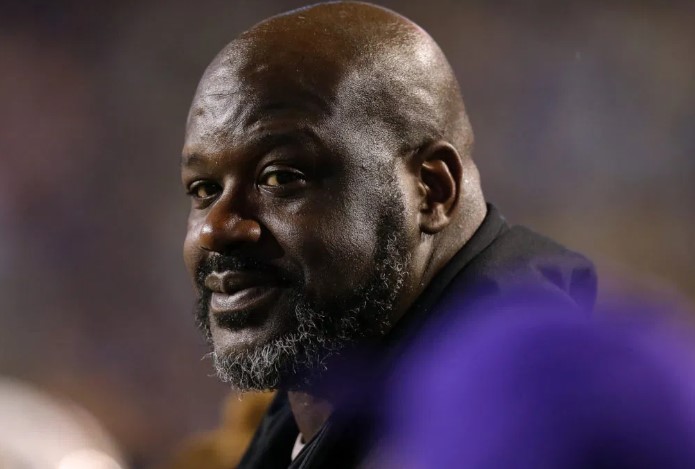Shaq: The Precision Behind the Power
Think Shaq was just a monster under the rim, bulldozing his way to baskets through sheer physical dominance and intimidation? That’s the biggest misconception in basketball history, and it’s time to shatter that myth once and for all. Throughout his legendary career, this 7-foot-1, 325-pound giant quietly authored one of the most remarkable efficiency stories the NBA has ever witnessed, proving that true greatness isn’t just about overwhelming opponents with brute force. From the sun-soaked courts of Miami to the glittering lights of Los Angeles, from the passionate crowds in Orlando to the historic parquet of Boston, Shaquille O’Neal didn’t just dominate opposing centers and forwards—he methodically optimized every single touch, every possession, and every opportunity to score. His Top 5 effective field goal percentage across four different franchises stands as the ultimate challenge to every preconceived notion about what a “big man” should be in NBA history.

The numbers tell a story that casual observers and even some basketball purists have overlooked for decades, buried beneath highlight reels of thunderous dunks and backboard-shattering displays of raw power. When Shaq stepped onto an NBA court, he brought with him an almost mathematical precision that transformed the traditional understanding of how a center should operate in the modern game. His effective field goal percentage—a metric that accounts for the added value of three-point shots while measuring overall shooting efficiency—consistently ranked among the league’s elite throughout his career, a feat that becomes even more impressive when you consider the volume of shots he took and the defensive attention he commanded. This wasn’t a player who simply relied on his physical gifts to overpower smaller, weaker opponents; this was a basketball savant who understood leverage, positioning, timing, and shot selection better than players half his size and twice as quick.
From his early days in Orlando, where he established himself as a force of nature while still learning the nuances of professional basketball, to his championship runs in Los Angeles alongside Kobe Bryant, Shaq demonstrated an evolving understanding of efficiency that separated him from every other dominant big man in league history. The Magic years showed flashes of what was to come—a player who could score from multiple positions around the basket, who understood when to power through contact and when to use finesse, who could draw fouls at will while still converting at an elite rate. His field goal percentage during those formative years hovered around 58-60%, numbers that would be considered exceptional for any player, let alone someone taking the volume of shots that Shaq commanded as the focal point of an entire offensive system.

The Lakers era, however, is where Shaq’s efficiency truly reached legendary status, transforming him from a dominant player into an unstoppable force that redefined what it meant to be efficient in the NBA. During his championship seasons with Los Angeles, Shaq’s effective field goal percentage consistently ranked in the top five league-wide, a remarkable achievement that placed him alongside the most accurate shooters in basketball while maintaining the highest usage rate of any center in the game. His ability to convert difficult shots in traffic, to finish through contact, and to make the right decision when double and triple-teams inevitably came his way showcased a basketball IQ that critics often overlooked in favor of focusing solely on his physical dominance. The 2000 season, in particular, saw Shaq achieve an effective field goal percentage that would make elite three-point shooters jealous, all while averaging over 29 points per game and facing constant defensive schemes designed specifically to limit his impact.
What makes Shaq’s efficiency numbers even more remarkable is how they translated across different teams, different offensive systems, and different stages of his career, proving that his precision wasn’t dependent on any single factor but rather represented a fundamental understanding of the game that transcended circumstances. When he moved to Miami to team up with Dwyane Wade, many expected his numbers to decline as he entered the later stages of his career, but Shaq continued to rank among the league’s most efficient players, adapting his game to complement Wade’s slashing style while maintaining his own elite level of production. His Phoenix tenure, though brief, showed that even in a fast-paced, three-point-heavy offensive system, Shaq could maintain his efficiency while adjusting to a completely different style of play, proving that his basketball intelligence extended far beyond the traditional center position.

The Boston chapter of his career, his final stop in the NBA, provided perhaps the most telling evidence of Shaq’s true understanding of efficiency and team basketball, as he accepted a reduced role while still contributing at an elite level when called upon. Even with limited minutes and a dramatically reduced usage rate, Shaq maintained shooting percentages that ranked among the best on the team, demonstrating that his precision wasn’t just a product of volume or favorable matchups, but rather a fundamental skill that remained sharp even as his physical tools began to diminish. His ability to pick and choose his spots, to maximize every opportunity, and to contribute efficiently within the framework of a team-first system showed a level of basketball maturity that few players ever achieve, regardless of their physical gifts or individual accolades.
The legacy of Shaq’s efficiency extends far beyond individual statistics and personal achievements, representing a fundamental shift in how we evaluate and appreciate dominant big men in professional basketball. His Top 5 effective field goal percentage across four different franchises isn’t just a number—it’s a testament to consistency, adaptability, and an understanding of the game that challenges every stereotype about power-based players in the NBA. Modern analytics have vindicated what careful observers knew all along: Shaq wasn’t just powerful, he was precise; he wasn’t just dominant, he was efficient; and he wasn’t just a physical specimen, he was a basketball genius who happened to possess unprecedented size and strength.

In today’s NBA, where efficiency metrics reign supreme and every possession is analyzed through the lens of mathematical optimization, Shaq’s career stands as a masterclass in maximizing value while maintaining volume, proving that true greatness in basketball isn’t about choosing between power and precision—it’s about mastering both.